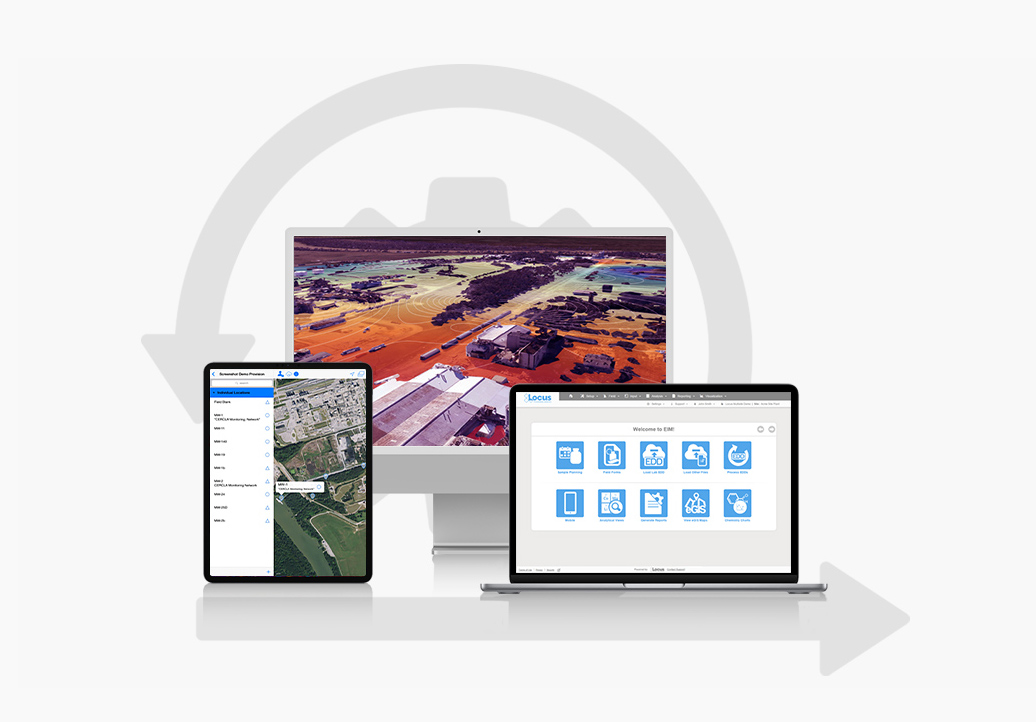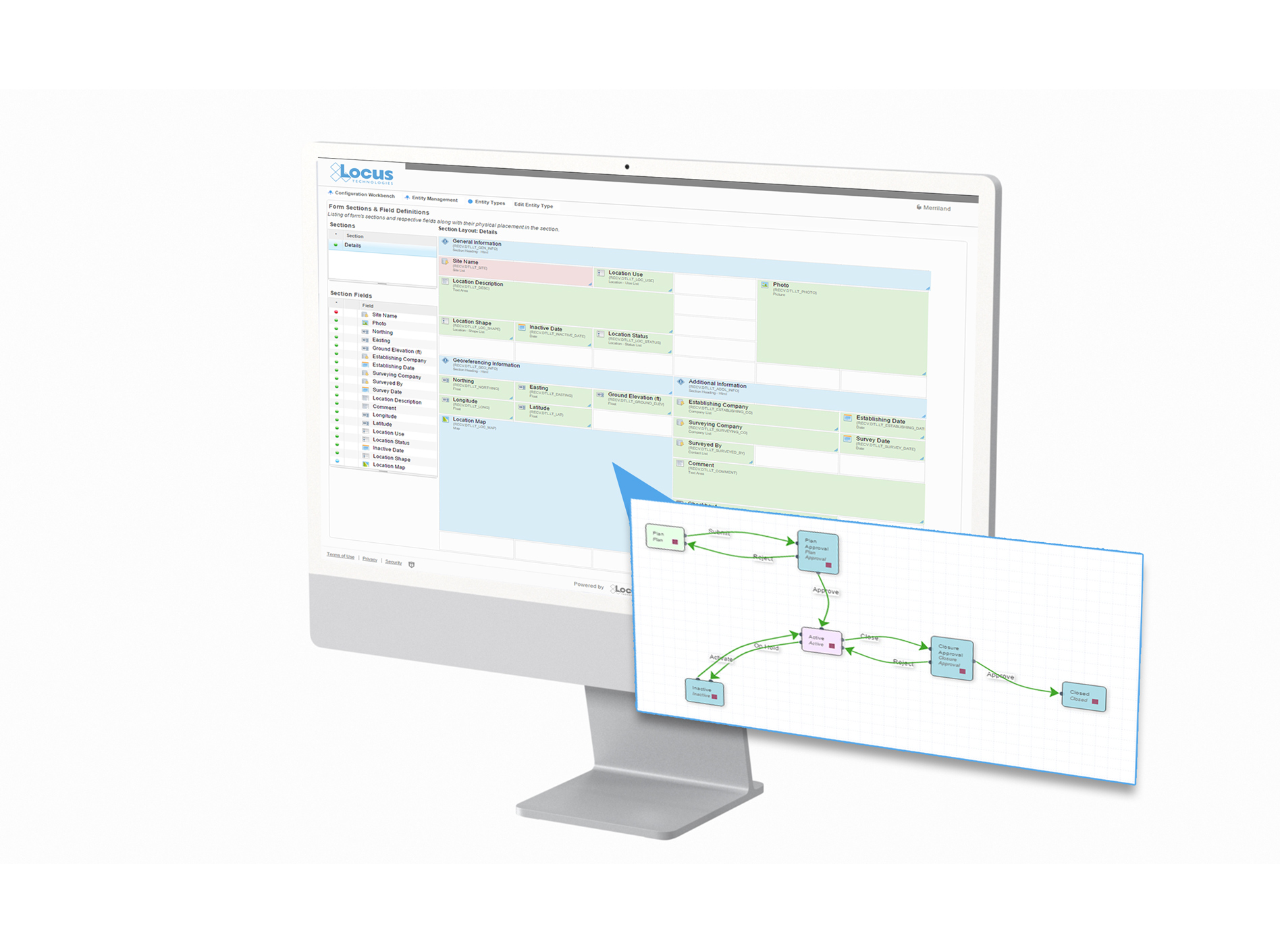EIM Simplifies Complexity
EIM, Locus’s cloud-based, software-as-a-service application for environmental data management, has occasionally been called ‘too complicated’. That’s not true; EIM is a complex system, because environmental data management is not simple, but EIM is not complicated.
Complicated vs Complex
A complicated system is hard to understand, with many extraneous parts. The underlying complexity cannot be seen. As a result, complicated systems lead to low productivity and wasted effort – think of Rube Goldberg contraptions that spend enormous amounts of effort for a small return.
In contrast, a complex system has many interconnected parts, but the overall structure can be seen and understood. Complexity means there are many things to consider, but the effort spent using complex systems can lead to great returns.
Environmental Data Is Complex
Environmental data is complex, gathered through many methods and from multiple sources, and subject to a host of differing regulatory requirements. Environmental data is probably the most complex dataset out there, other than perhaps medical data.
This complexity means Locus must consider all uses cases to ensure environmental data is stored accurately, and that multiple regulatory agency requirements can be met by customers. Locus has over 27 years of experience in environmental data management, and we have used that experience to create applications complex enough to handle all the needs for environmental data.
One prime reason for complexity is the need for data integrity. It is demanding work to ensure data integrity. For example, it is much simpler to have a series of Excel files where a monitoring well might be called ‘MW-01’, ‘MW-1’, ‘MW1’, ‘MW 1’, and other variations in different files or even in the same file. However, with such data, it is hard to get all data for that well into one report. It is a complex task to ensure well names are the same in all your data. EIM helps you handle this complexity so you can run queries across all your data and get correct output.
EIM Manages Complexity for You
Because environmental data can never be simple, EIM will always be complex, but EIM reduces the complexity as much as possible. To help manage complexity, EIM has well defined components with clear data flows. Locus is always improving the EIM user interface to ensure complexity can be managed without introducing complications for users.
Here are some ways EIM reduces complexity for users:
- Roles and permissions to control user interface.
- Standard EDD formats to simplify data loading.
- Data integrity checks and data validation checks.
- User configured queries, charts, and reports for custom outputs.
- Dashboards, quick views, and manager consoles for fast data retrieval.
Much of the complexity in EIM lies in the forms and screens seen only by data administrators or super users. The complex parts seen by admin users must remain complex to handle all the ambiguities in environmental data. In contrast, most users are just running reports, and EIM can be configured to create one- or two-click outputs including maps, charts, reports, and exports. The roles and permissions model lets administrators customize the menus and functions for other users, to further reduce complexity.
In summary, EIM lets you manage environmental data in as simple a way as possible without losing the complexity needed to ensure success. We wouldn’t want it any other way.



